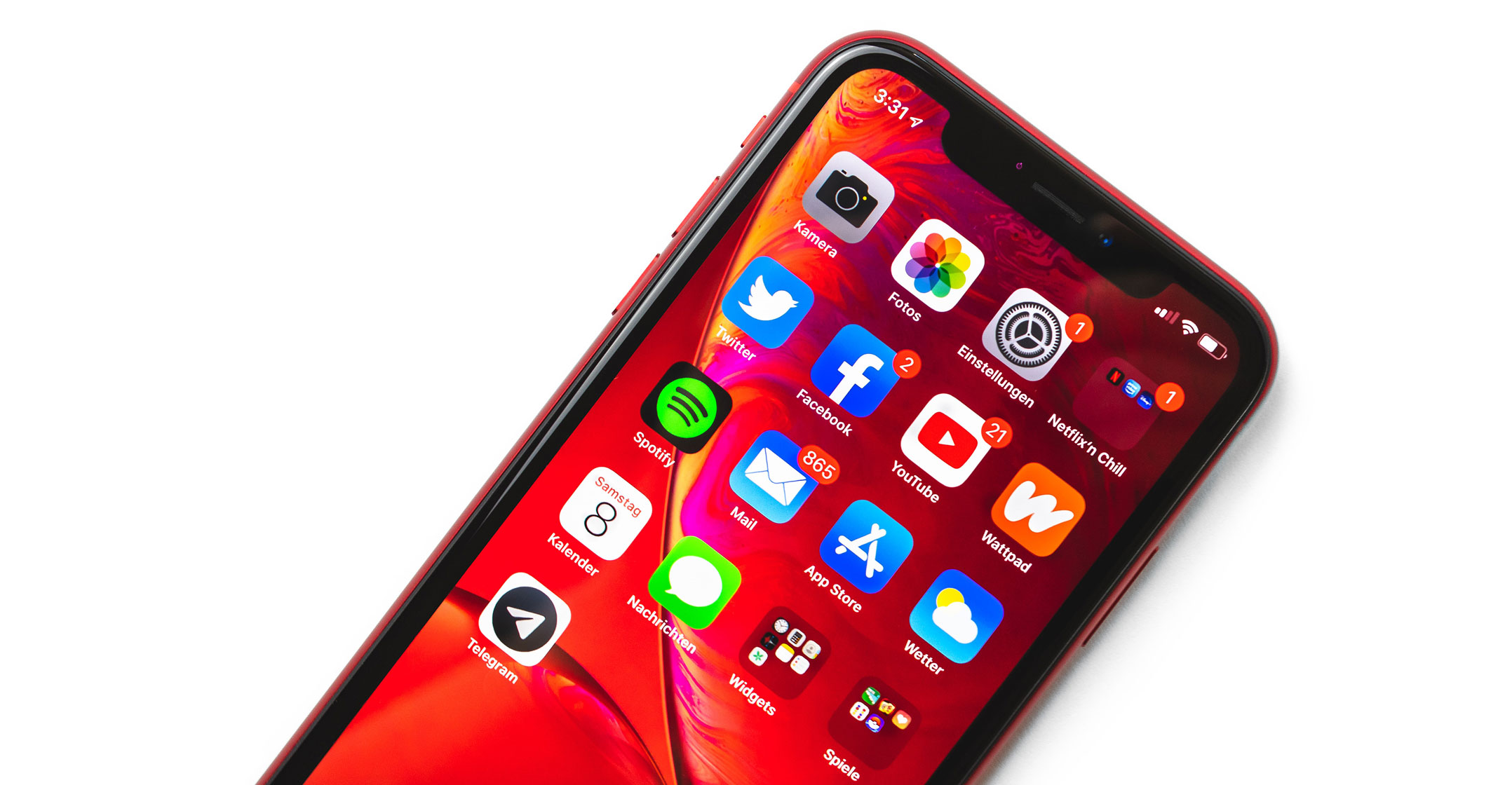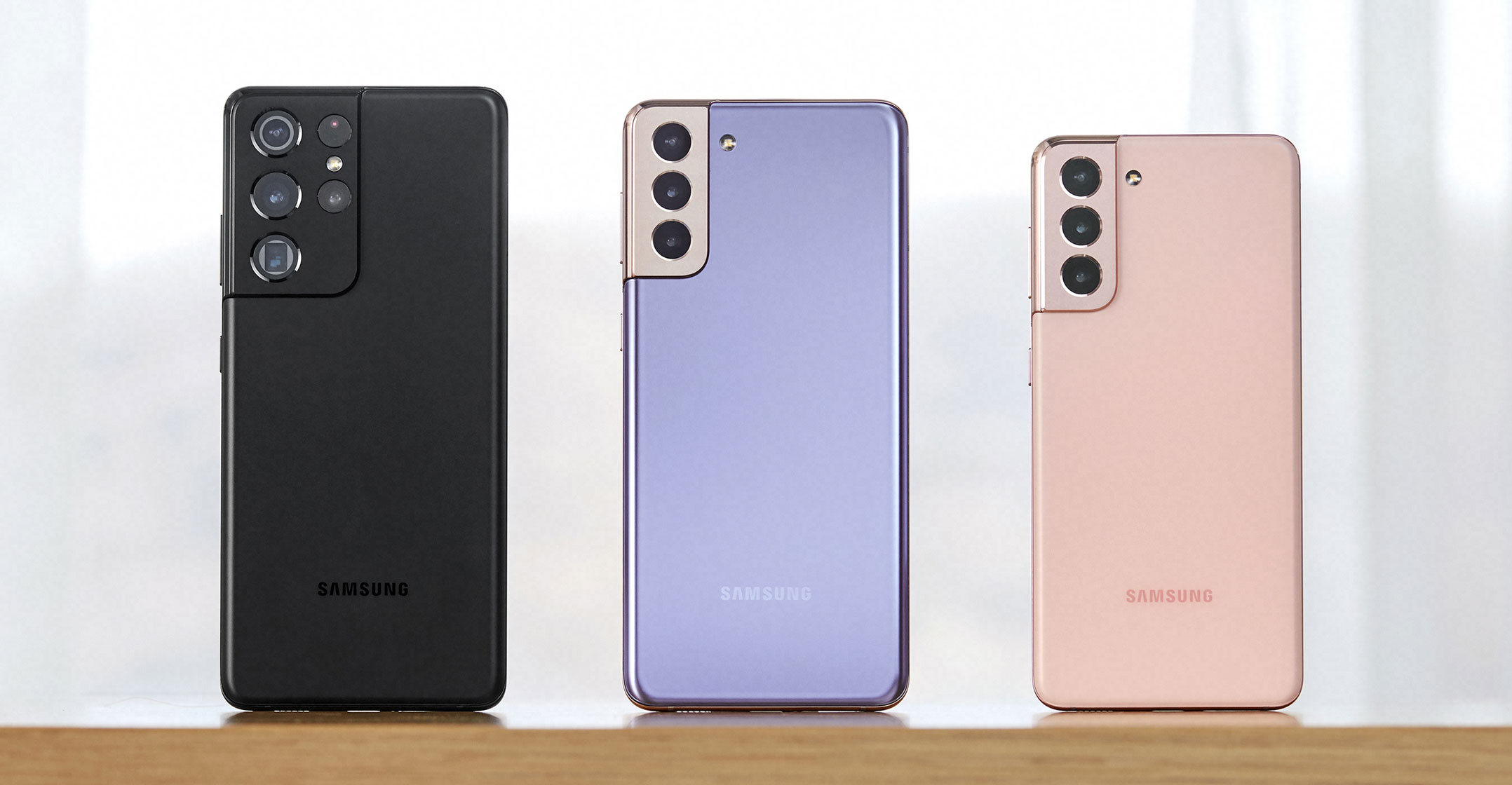
Technology can serve as one of the great equalisers, opening equal opportunities to people across the world. This is especially true in the post-pandemic world – technology, and particularly mobile devices, have helped people to stay connected, education to be uninterrupted and businesses to stay afloat.
As we move towards a more smartphone-dependent world, device financing looks like a more lucrative and obvious choice to acquire the latest technology. Telecommunications carriers have been at the forefront of device financing but there are apprehensions preventing them from going all in.
In this article, we will discuss the hesitation operators have in device financing and how NuovoPay can help.
Device financing: Growing popularity
The device financing and leasing model has been around for a long time, especially in the developed countries where the technology opens its doors earlier than the rest of the world. This can be attributed to the dynamically changing landscape of technology products, especially with new smartphone models being launched every month.
Tech-savvy millennials and Gen-Zers love to grab the latest technology, whatever it takes — be it standing in long queues for the launch of an iPhone or investing in upgrading their Android phones to the latest version every year or so.
Device financing serves as the perfect way for consumers to acquire the latest smartphone without burning a hole in their pocket. In countries with a centralised credit score system, the device financing model has grown immensely in popularity. In the developing world, however, the model has gained only slow and steady momentum to date.
The pay-as-you-go model is picking up in underserved markets and consumers across the world seem interested. This can serve as a great chance to curb the digital divide and open new opportunities for people in places that previously only allowed device financing based on a valid, solid credit history.
Operators and device financing
Telecoms carriers have been in the device financing game for quite some time. It is a win-win situation. Carriers can expand their customer base by coupling smartphones with carrier services. Consumers, on the other, hand can get their hands on the latest smartphones at a fraction of the cost.
Operators depend largely on the revenue that flows in from long-term customers, especially the ones that buy data and calling plans bundled together. Those that have been exploring the device financing model are faced with new challenges: With the rising price of smartphone hardware, the profit margin in device financing has become meagre. Device financing is the obvious choice for consumers but the cost has to be borne by the carriers.
 And this is not the end of their plight: With 5G technology taking off, hardware compatibility is going to be an issue that can further curtail the profit margins for operators.
And this is not the end of their plight: With 5G technology taking off, hardware compatibility is going to be an issue that can further curtail the profit margins for operators.
What’s worse is that the device financing model does not guarantee customer loyalty. After the initial lock-in period, if there is one, the consumer can simply switch to another service provider. The operators do continue to receive the payment for the financed device but lose out on the customer for their primary offering — telecoms services.
How NuovoPay makes it better
NuovoPay is a solution designed to solve the problem. It does that by enabling telecoms companies to lease smartphones by bundling them with their services (such as calling and data), without risking losing the customer from their core business.
NuovoPay de-risks device financing and empowers operators not only to dive into the device financing market, but also ace it.
Here’s how it works:
- Operators get started by enrolling their devices to be to be leased out on the NuovoPay platform. It is non-intrusive client software that sits seamlessly on the device without impacting the end-user experience.
- Operators can configure Sim-based locking for the devices via NuovoPay.
- Bi-weekly, weekly, monthly or customised payment reminders can be triggered on the financed devices using NuovoPay.
- Consumers can continue using the smartphone by paying the equated monthly instalment, or EMI. If they fail to do so, the device can be remotely locked and user access is blocked. Users can continue using the device only after the payment is completed.
- Similarly, with the Sim-based locking, if the smartphone user removes the Sim card to replace it with another one, device access is blocked. Users can therefore access the device only if they stick to the telecoms carrier they have financed the device from.
- Sim-based locking and failed-EMI locking also work in offline mode. The smartphones need not be connected to the Internet for NuovoPay to take over.
- The end user can rectify the locking conditions by either using the original Sim or paying off what’s owing to continue accessing the device. Device access can be unlocked remotely from the NuovoPay dashboard and the end user’s data and settings will stay intact.
NuovoPay eliminates the need for a physical recovery agent by securing the underlying payments against financed devices and ensures customer retention for telecoms carriers stepping in the device financing game.
With the hesitation around losing the customer no longer around, operators can take a deep dive into the device financing market, especially in underserved areas where conventional financial organisations do not finance smartphones with a pay-as-you-go model.
Partnering with NuovoPay can help operators tap into the device financing market with ease. Get started by scheduling a free live demo where you will get all your questions answered.
About Swapnil Shete
The author, Swapnil Shete, is a product marketing manager at NuovoPay. He has a passion for design and technology and focuses on optimising the marketing funnel. When he isn’t working, Shete loves to evaluate software-as-a-service solutions in the marketing and sales domain.
- This promoted content was paid for by the party concerned




